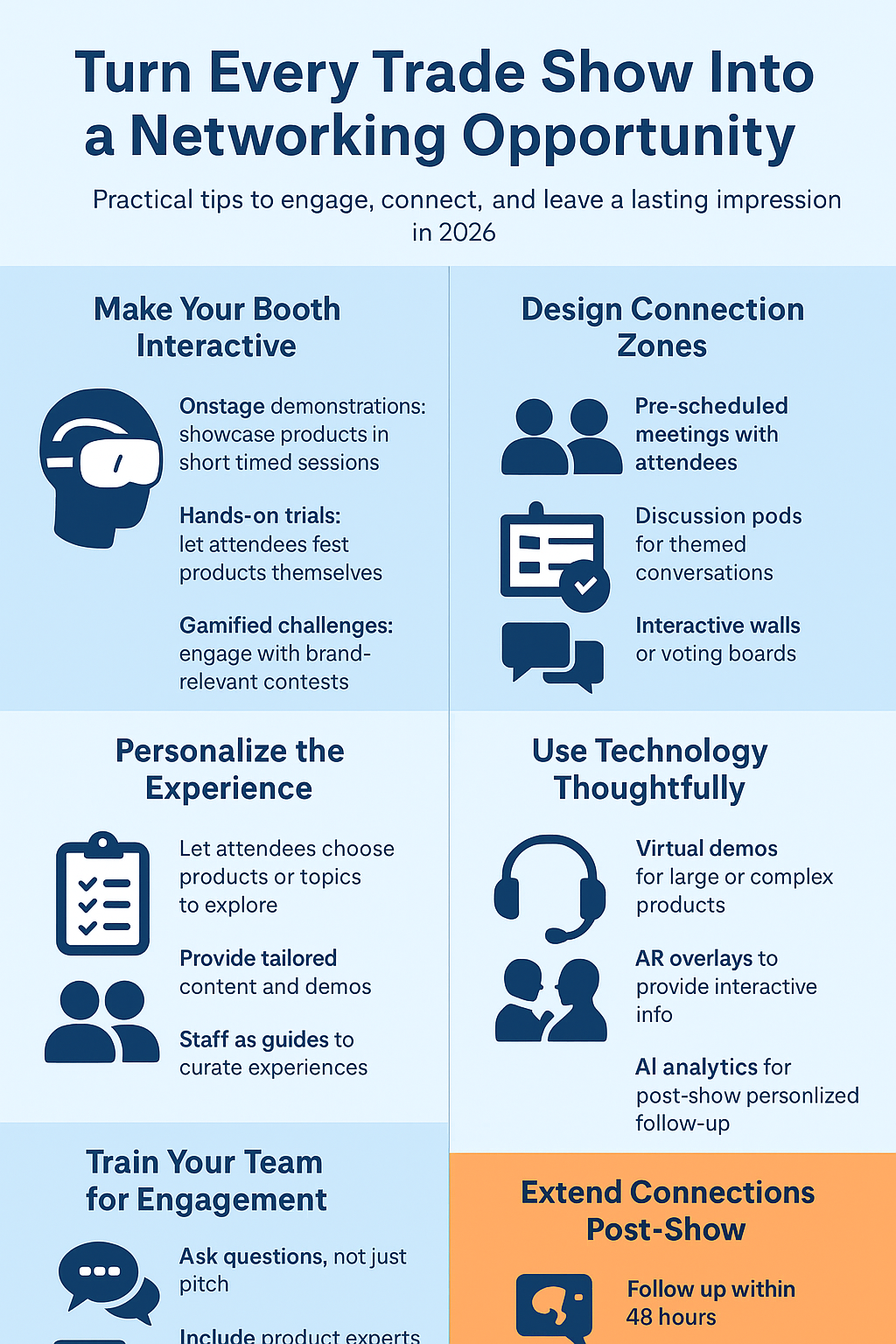Once you engage leads, it is important to nurture them along the buying journey. Here are the best ways to nurture leads. Inbound marketing is a key tool that companies use to generate more leads. However, a relatively small percentage of inbound leads are ready to make a purchase right away. It takes time and effort to turn most leads into customers, which is why companies need a lead nurturing strategy.
What is lead nurturing?
Lead nurturing is the process of building relationships with prospects who are not yet ready to buy. This relationship-building occurs at every stage of the buying journey. It involves customizing marketing and communications messages based on a prospect’s specific needs to answer their questions, build trust, increase brand awareness and strengthen the connection with your business until they are ready to become a customer.
Importance of lead nurturing
Lead nurturing is essential to the success of your business because the strategies you employ have a direct impact on a prospect’s decision to become a customer. However, lead nurturing is not about making the sale – its purpose is to establish a relationship and build trust. It helps to make your communications with the prospect more welcome rather than intrusive. Effective lead nurturing makes each successive interaction with your future customer more natural and forthcoming because you’ve already established a level of trust.
Types of leads in lead nurturing
Every company has its own sales cycle, and prospects will enter the sales funnel to become leads and customers in different ways.
There are three parts of the sales cycle to consider when engaging in lead nurturing:
- Awareness: The prospect has realized and shown symptoms of an issue or opportunity.
- Consideration: The prospect has defined and named the issue or opportunity.
- Decision: The prospect has defined their strategy, method or approach to addressing the issue or opportunity.
You can categorize the different types of leads depending on where they are in the sales cycle:
- Lead: A lead is an individual who has shown some interest in your company’s products or services, and has chosen to receive content from you. They might have filled out a form or downloaded content from your website.
- Marketing-qualified lead (MQL): An MQL is a lead that the marketing team has handed off to sales for further qualification. The marketing team has qualified the lead so that they will not waste the sales teams’ time with the wrong types of leads (e.g., competitors, job applicants).
- Sales-qualified lead (SQL): An SQL is a lead that the sales team has qualified and accepted. From here, an SQL can become an opportunity (i.e., they agree to a presentation or sales call), a customer (i.e., they make a purchase), or an evangelist (i.e., they actively promote your brand).
Supporting lead nurturing
Before you engage in lead nurturing, make sure to do the following:
- Create buyer personas.
- Invest in a marketing automation platform.
Create buyer personas
A buyer persona is a "fictional" representation of your ideal customer. The persona is not an actual person, but based on data and research on your existing or best customers. It includes basic demographic information (e.g., age, gender, income, geographic location), job-related data (e.g., industry, position, role), personality (e.g., demeanor, motivations, communication preferences), and other information about them individually. It also includes their buying motivations, goals, challenges and other information that can help you to better understand them as potential or current customers.
Buyer personas enable you to tailor your content, marketing, product development and services to better speak to your prospects’ needs, concerns, behaviors and preferences. It allows you to personalize your marketing and communications to different segments of your target audience and nurture leads throughout the buying cycle.
Invest in a marketing automation platform
Having to manually create and send marketing content to prospects can be incredibly time consuming. A marketing automation platform allows you to automate the different parts of the lead nurturing process, make it more efficient, and scale it for growth.
A marketing automation platform supports lead nurturing in a number of ways, as it enables you to:
- Drive targeted traffic to specific parts of your website.
- Automate email marketing with customized messages for different buyer personas.
- Send triggered emails based on specific events (e.g., welcome emails for new signups, reward emails for certain milestones, emails following abandoned carts).
- Track prospects and customers at different stages in the buying cycle.
- Convert visitors to your website into qualified leads.
- Create and organize content for different types of prospects.
- Onboard customers to create greater loyalty and influence referrals.
- Assign the right content to different teams and members in your organization.
Lead nurturing strategies
There are different types of lead nurturing strategies. How they are used will often vary according to the type of business. These seven strategies are effective for use in any business or industry.
1. Align your sales and marketing strategies.
Your lead nurturing strategies should support and align with your sales and marketing strategies, and vice versa. This will help to improve your customer retention rates and grow your sales.
To align your lead nurturing and sales and marketing strategies (and make them effective), you must identify the points along the buyer’s journey when you will move a prospect from lead nurturing to marketing and sales. There are different triggers that can prompt you to move the prospect along the buyer’s journey, such as lead scoring, specific conversion events or workflow enrollment.
It’s important to formally define the roles, goals, and expectations of the collaboration between the lead nurturing, sales and marketing teams. This will ensure that everyone on the different teams knows and performs the right tasks at the right time. One way to do so is to create a sales and marketing service level agreement (SLA). In addition to defining what the sales and marketing team will provide to the customer, it details how the teams will work together, including information such as:
- Goals for the different parties.
- Requirements and needs for all parties involved.
- Points of contact.
- Preceding and supporting activities.
- Consequences of not meeting goals.
2. Use a lead scoring strategy.
Lead scoring is a method of ranking a prospect on a scale based on how your organization values that lead. You would use information about the lead, such as the size of their company, position within their organization or number of social media followers to score it on a specific scale. You can also use lead scoring to segment email lists so differently scored leads will receive different emails.
Marketing automation software enables you to score different types of interactions with leads, such as conversion events, social media interactions and website browsing behaviors. Once your software tallies the scores accumulated for different leads, you can then decide which leads to follow up with immediately and which leads to continue nurturing.
3. Send personalized emails.
Email marketing is one of the most effective strategies for nurturing leads. Sending personalized emails produces greater results than sending generic emails, as prospects respond more positively when emails address them specifically.
One key to creating personalized emails is to write the email as if you were communicating with a friend. Start with their name, rather than their title. Write in a personable and informal tone, rather than being too formal or professional. Think about how you would speak with them face to face.
There are several ways to personalize emails when using email marketing software or a marketing automation platform:
- Include a first name field in the subject line and greeting.
- Write about relevant and personal events based on information in your CRM.
- Send content that applies to the lead’s position within the lifecycle.
- Conclude your email with a personal signature.
- Include a specific call to action that will provide the individual with value.
You can combine personalized emails with a lead’s action, which will depend on timing. What you say will depend on what triggered the email. You can send a personalized email when a visitor to your website performs a specific action, such as:
- Clicking on a link in your email.
- Visiting a specific page on your website.
- Downloading content that requires an email address.
- Demonstrating that they are highly engaged with your company or offering.
4. Leverage targeted content.
Every lead is an individual, which means they have their own interests and needs. To strategically nurture your leads and achieve the best results, communicate with them using targeted content. This involves sending the right content to the right people at the right time.
To effectively leverage targeted content, you will need to:
- Match the prospect to a buyer persona.
- Determine where the prospect fits into the lifecycle stage.
- Identify what problems or issues the prospect has, and what opportunities are available for you to help them.
- Create and send highly targeted content that incorporates this information.
Again, using a marketing automation platform will enable you to organize your content according to buyer persona and sales cycle, and automatically send out targeted content to the right people at the right time.
5. Nurture leads across multiple channels.
Rather than using one form of lead nurturing – such as sending emails to a list of prospects – you can employ multi-channel lead nurturing strategies. This can include a combination of the following:
- Email marketing
- Mobile marketing automation
- Social media monitoring (e.g., commenting and liking posts)
- Dynamic website content (e.g., personalizing content for different users)
- Direct sales outreach
- Paid retargeting on different websites
To ensure the effectiveness of a multi-channel lead nurturing strategy, it’s important to align your strategies with the efforts of your sales and marketing teams.
6. Engage with prospects multiple times.
It’s relatively uncommon for a prospect to become a customer after the first or second time you reach or interact with them through your marketing. That is why lead nurturing is so essential: it often requires multiple touches to turn prospects into customers. Some research suggests that it takes 10 marketing touches (such as through email messages) to convert a prospect from initial awareness of your company into a buying customer.
How many touches needed to convert a lead into a customer will depend on a number of factors. Two key factors include:
- Price of product / service: Higher priced products and services will need more touches than lower priced products / services. For example, a $10,000 product will need more touches than a $100 product.
- Quality of the touch: High quality, useful information that more quickly and effectively addresses your prospect’s key problems will create trust more quickly than information that is less useful and effective.
Effective lead nurturing strategies will involve connecting with prospects multiple times with targeted content that helps them move through the buyer’s journey. This content should inform and educate the prospect by answering their key questions and addressing issues important to them. In addition to email marketing, you can use a combination of approaches, such as blog posts and articles, social media, case studies, white papers, direct mail and other media to nurture your prospects.
7. Follow up in a timely manner.
People expect immediate responses when they reach out for information or to make a purchase. However, many companies don’t follow up immediately, which can lead to lost opportunities with new leads.
Following up on a lead with a timely email or phone call can produce great results in turning leads into inbound sales opportunities. Contacting a lead right after they have reached out to your company through your website or have connected through an email link will greatly increase the odds of converting them into a prospect.
Warm calling an inbound lead is much more effective than cold calling a large number of prospects. The person has already let you know that they’re interested in your company, product or service, or the information you provide. And with the information they’ve provided during the inbound sales connection, you can do some quick research on the company and the individual’s role to make an informed approach when calling them.
Guest Blogger: David Gargaro - - business.com Contributing Writer. David Gargaro is a content writer and copy editor with more than 20 years of experience in multiple industries, including publishing, advertising, marketing, finance, and small business. He has written on B2B-focused topics covering business technology, sales, marketing, and insurance. David has a Bachelor of Arts degree in English and Actuarial Science from the University of Toronto. He served as the managing editor of a small publishing company, and self-published a book called How to Run Your Company… Into the Ground. https://www.business.com/articles/lead-nurturing-strategies/





